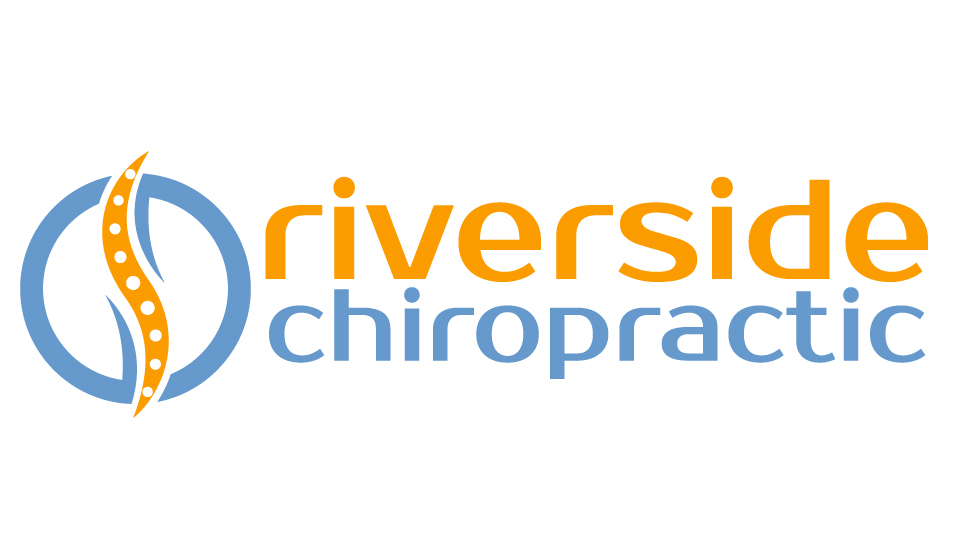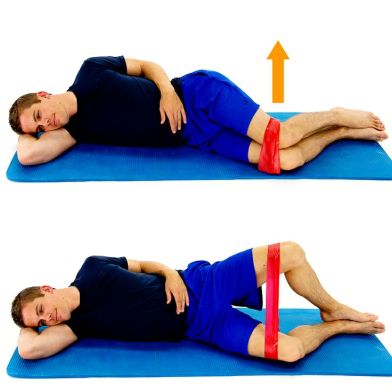Sciatica
/Sciatica describes symptoms of buttock and leg pain. This sometimes includes tingling, numbness or weakness. It originates in the lower back and travels through the buttock and down the large sciatic nerve in the back of each leg.
Common lower back problems that can cause sciatica symptoms include a lumbar herniated disc, degenerative disc disease (caused by osteoarthritis), spondylolisthesis, or spinal stenosis (caused by osteoarthritis). Sciatica isn't an actual diagnosis, it's just referring to the symptoms. Often people refer to their back or leg pain as sciatica but if your pain isn't going below your knee, it's unlikely to be caused by your sciatic nerve, even if it's a really sharp pain.
Sciatica Nerve Pain Characteristics
It may comprise of one or more of the following:
- Constant pain or pain brought on by certain movements in only one side of the buttock or leg (rarely in both legs)
- Pain that is worse when sitting, coughing, sneezing or going to the toilet
- Leg pain that is often described as burning, tingling, or searing as opposed to a dull ache
- Weakness, numbness or difficulty moving the leg, foot, and/or toes
- A sharp pain that may make it difficult to stand up or walk and pain getting in and out of a chair
- Pain that radiates down the leg and possibly into the foot and toes
Sciatic pain may range from being mild and occurring infrequently to excruciating and debilitating. In rare and extreme cases, where the pain is caused by a disc herniation, it may cause a condition called cauda equina syndrome which can result in a loss of bowel, bladder and sexual dysfunction. This is a medical emergency.
The Sciatic Nerve and Sciatica
The sciatic nerve is the largest nerve in the human body and is made up of 5 individual nerve roots which exit from the Lumbar spine (lower back). Sciatica symptoms occur when the large sciatic nerve is irritated or compressed at or near its point of origin.
If you're experiencing sciatica symptoms please contact us as our chiropractors can help you out.
How is it diagnosed
Your chiropractor will take a thorough history to determine when and how the injury occurred as well as what aggravates and alleviates it. You will be taken through a series of tests including orthopaedic and neurological testing and muscular strength test providing it doesn't increase your pain. You may also have X-rays taken to check for any slippage of a vertebra, osteoarthritis, disc narrowing and the amount of curvature in your spine.
Treatment
Bed rest isn't a good idea unless you just can't get out of bed and try to minimise it to a few days. Try to move as much as your pain will allow you to as it will help you to heal faster. Try bending forwards, backwards, side to side and rotating only in a comfortable range.
Spinal manipulation has been shown to help reduce pain (1). This in combination with exercises specifically prescribed for you will help you recover faster.
If needed, take pain killers to help you tolerate your severe pain and get adequate rest. Don't over do it just because you can't feel the pain anymore as you may cause further injury. Heat packs can also help to manage the pain.
Surgery is a last resort and most cases can be managed with conservative chiropractic care.
Our chiropractors have had extensive experience in dealing with clients who have sciatica. If you would like help with this please contact us or book in online.
(1) https://nccih.nih.gov/health/pain/spinemanipulation.htm#science











